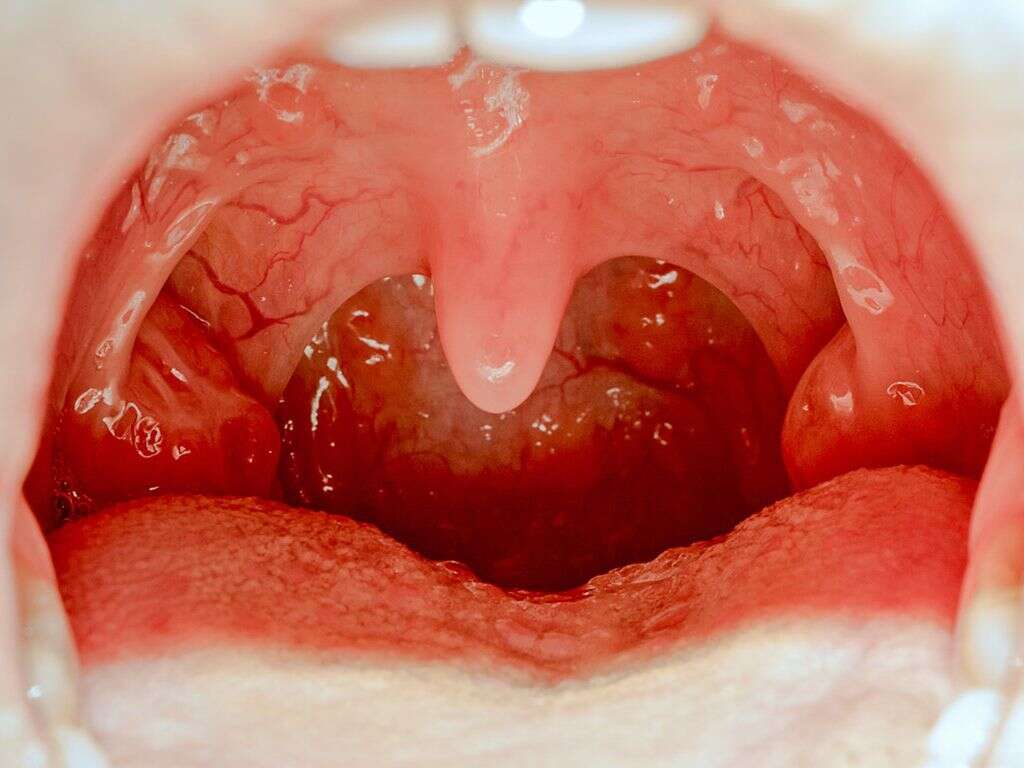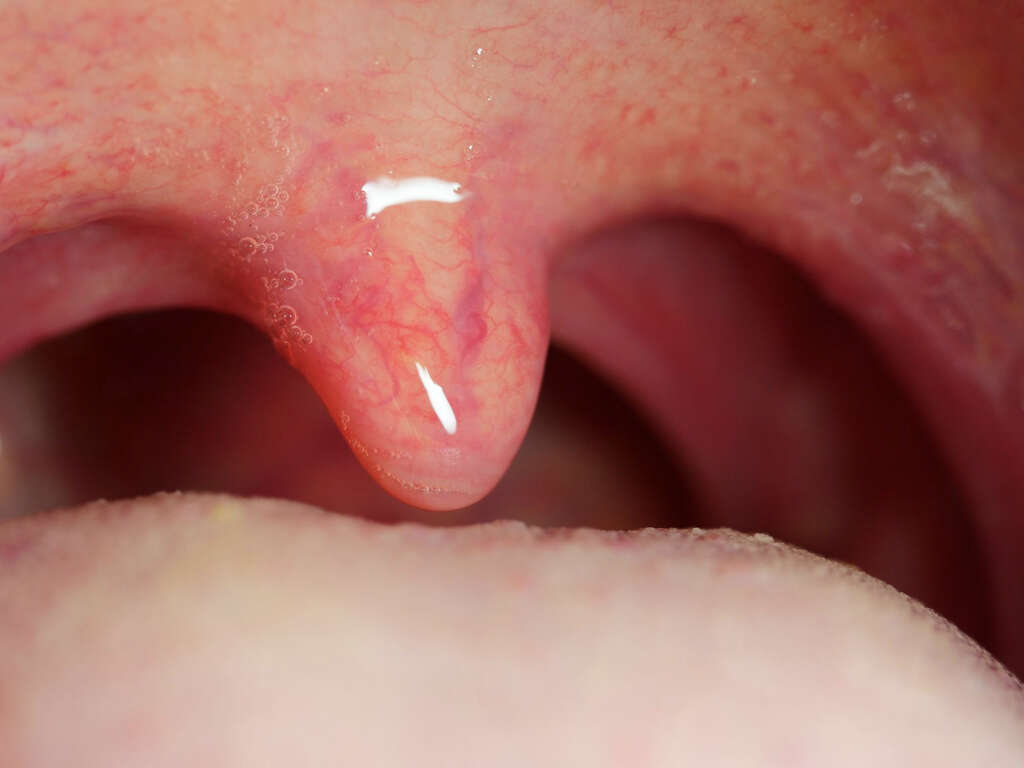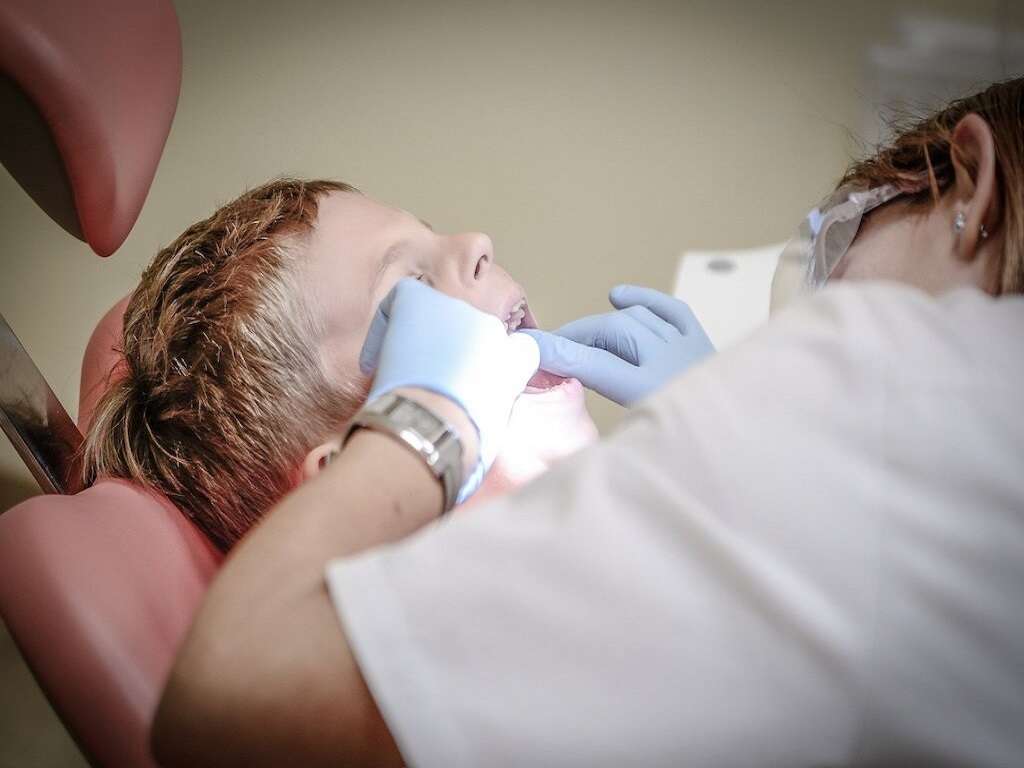What are Tonsil Stones
One condition that can be discovered during a checkup is tonsil stones, also known as tonsilloliths. These are deposits in the palatal tonsils that are a product of calcification of debris that accumulates in the crevices within the tonsils. Tonsilloliths are not harmful and are often painless. The patient might not even be aware they have them until they grow larger and visible. The good news is that they are usually very easy to remove.
1. Tonsils
There are three main types of tonsils. Two of these (palatine and lingual) are found in the mouth and the third is found in the nasal passage (adenoids). In this article, we will refer to the palatine tonsils.
The palatal tonsils are bundles of lymphoid tissue that are found at the back of the throat. They are part of the immune system, and as such they play a role as the first line of defense against pathogens that enter through the oropharynx (mouth or nose). We don’t usually notice that our tonsils are there at all, except on rare occasions when they become inflamed, causing tonsillitis. Also, they may develop tonsil stones occasionally, which can cause some mild discomfort.
2. Tonsil Calculus
The mechanism by which tonsilloliths appear is unknown, though several hypotheses have been proposed. Palatal tonsils will often have several small folds or pits that are known as tonsillar crypts. These crevices are usually debris free; however, sometimes as a result of repeated tonsillitis cellular (epithelial) debris can accumulate within.
Some tonsilloliths can also occur without a history of inflammatory disorders of the tonsils. Furthermore, this debris forms the ideal media for bacterial growth, which eventually occurs. Finally, the calcification of the tonsil stones occurs due to the deposition of inorganic salts from the saliva. The end result of this process, are white or yellow calculi within the tonsils.

3. Increasingly Common
In the past, a tonsillectomy, or the removal of the palatine tonsils, was a common procedure. People, especially children, would often have tonsils removed if there were deemed to be problematic.
Although it remains among the most common surgical procedures performed in children, it is performed less often than before. Nowadays, medical professionals tend to reserve surgery only for when it is absolutely necessary. Some absolute indications for tonsillectomy include upper airway obstruction, peritonsillar abscess (unresponsive to treatment), tonsillitis that results in febrile convulsions, and tonsil biopsy. As a result, tonsilloliths have become increasingly common in older children and adults.
4. Characteristics
Tonsil stones are white or yellow concretions that can weigh from 0.3 grams to 42 grams. Usually, they are small, soft, and rubbery calculi. However, they may not always be visible.
Because of their location and characteristics, they can be confused with other conditions that affect the tonsils. However, unlike other inflammatory conditions that affect the tonsils, tonsil stones are usually painless, and they are not associated with any systemic symptoms.
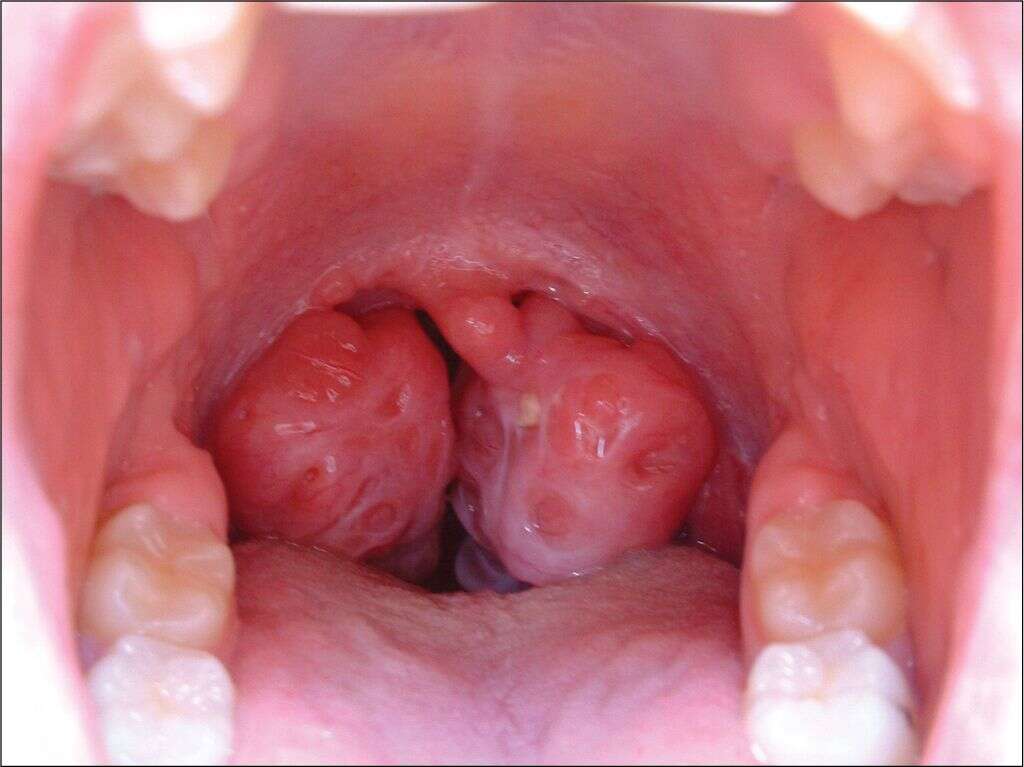
5. Diagnosis
The diagnosis of tonsil stones is often made by a medical professional (i.e. otorhinolaryngology) upon inspection of the oral cavity. These concretions can be observed either in the crypts of the palatal tonsils, or the tissues that surround them. However, in the absence of visible tonsil stones, this condition may be hard to diagnose. In many cases, the patient’s symptoms will be the only clue for diagnosis.
Often, tonsil stones can be an incidental finding on X-ray studies of the head and neck. If their presence is suspected, it can be confirmed by a panoramic radiograph or computed tomography (CT).
6. Sore throat
Tonsil stones are usually quite painless and, in many cases, the patient won’t even be aware that they are there at all. They can cause symptoms in some cases, however, and one of these is a sore throat. This occurs as the stones appear and begin to cause the inflammation of the surrounding tonsil tissue.
This pain is usually mild, but patients can sometimes confuse it with other causes of tonsillitis. Also, in extreme cases (giant tonsilloliths), tonsil stones can cause odynophagia or painful swallowing.
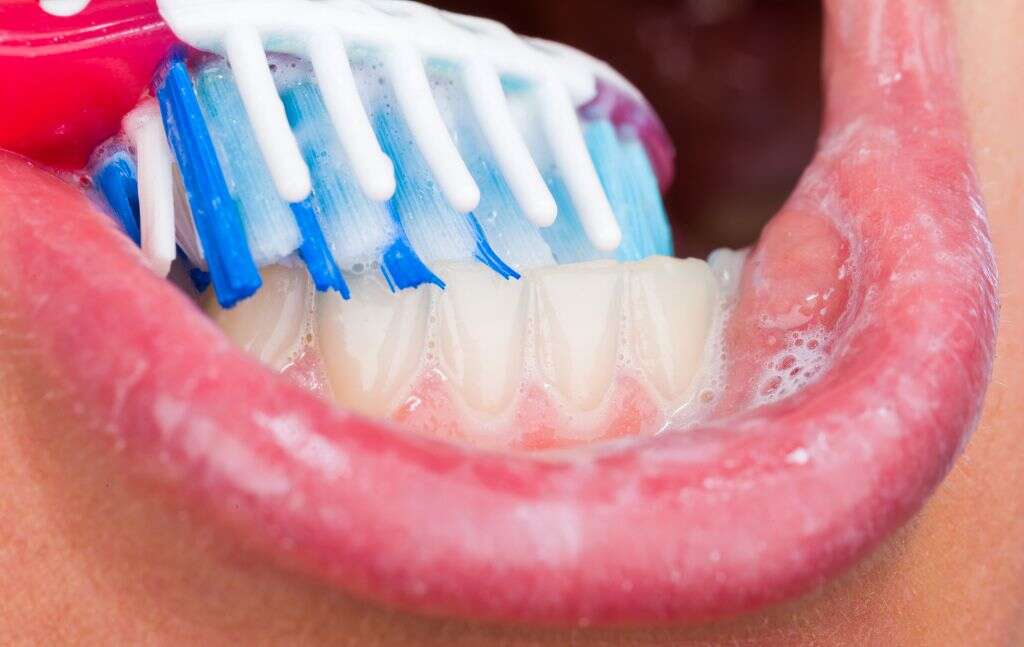
7. Ear pain
When a patient complains of ear pain (otalgia), the doctor uses a medical device, known as otoscope, to look into their ears and investigate the symptoms. Importantly, however, an otoscopy must also be accompanied by the inspection of the oral cavity, pharynx, and nose. The latter is warranted in order to rule out causes of referred (ear) pain, or pain that is perceived in a location other than its site of origin.
The ear receives extensive sensory innervation from different cranial nerves. One of the cranial nerves that innervates the ear (cranial nerve IX), also supplies (through another branch) the tonsils and the tonsillar fossa. This common innervation explains why some patients with tonsil stones also experience ear pain. Importantly, other conditions that affect the tonsils, pharynx, and palate can also cause referred ear pain.
8. Bad breath
Bad breath, also known as halitosis, is an unpleasant symptom that can have an impact on a person’s quality of life. It can be caused by a number of things, including poor dental hygiene. One potential cause of bad breath is tonsil stones.
As mentioned before, palatine tonsils can retain different types of debris within their crevices. The decomposition of this organic material and the subsequent increase in anaerobic bacterial activity will result in the release of a foul-smelling chemical as a byproduct. Thus, tonsil stones will have a foul odor, and as a consequence, they can cause halitosis. If you suffer from halitosis, you should make an appointment with a dentist or a medical professional for diagnosis.
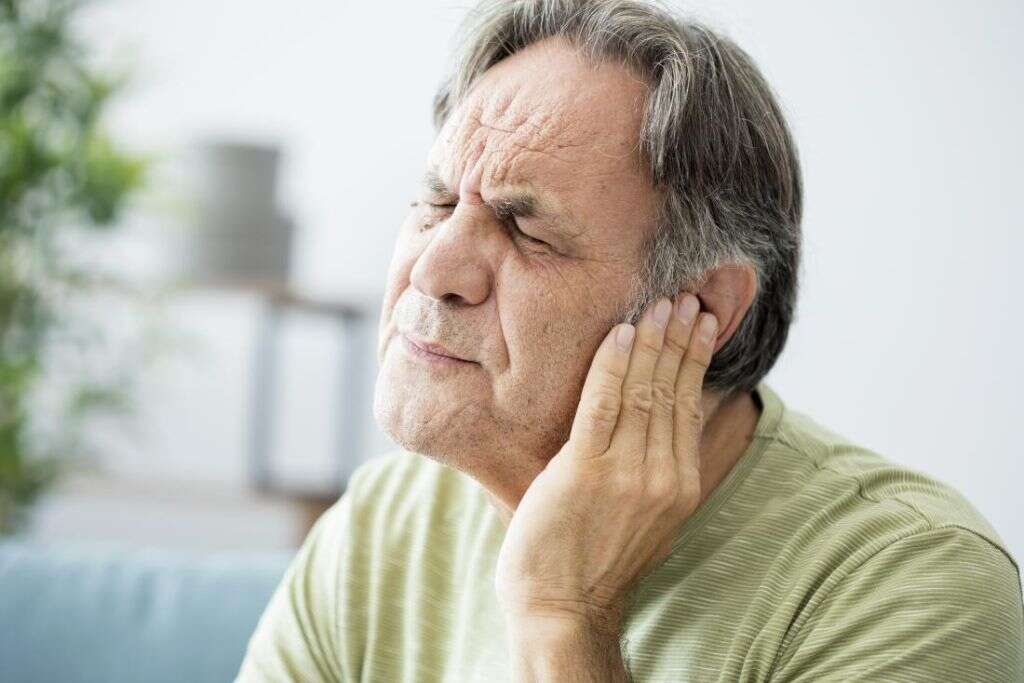
9. Foreign body sensation
An object that is found in our body but originates outside of it is known as a foreign body. Tonsilloliths are no foreign bodies, but sometimes they can protrude from the tonsils and produce a foreign body sensation in the back of the throat. This sensation may not always be present in people with tonsilloliths.
There are other causes of foreign body sensation in the throat, which include gastroesophageal reflux disease and upper esophageal dysmotility.
10. Management
If you have tonsil stones but do not experience symptoms, no treatment is necessary. Otherwise, some professionals recommend frequent gargling with salt water after meals to prevent any debris buildup in the crypts. Sometimes, this will also help to dislodge any tonsilloliths near the surface. Also, many people remove tonsil stones at home, removing them with a cotton swab. However, if tonsil stones are not easily accessible, avoid self-removal, and seek help from a professional.
If you experience recurrent tonsil stones, a tonsillectomy, or the surgical removal of your tonsils, might be the best option for you. It is also the only proven way to prevent tonsil stones.



